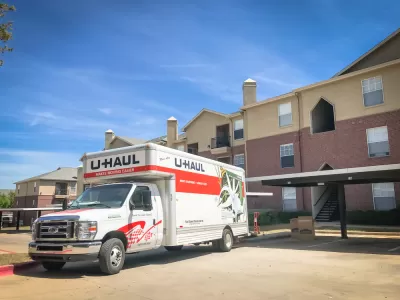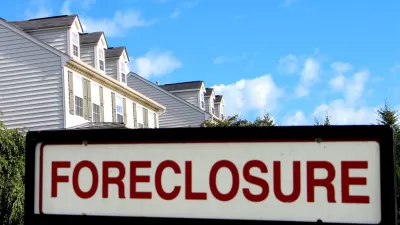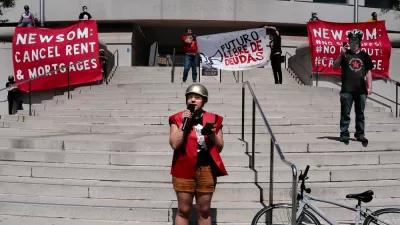A new report looks at pre-existing foreclosure and eviction rates to predict where the worst outcomes of the pandemic's economic downturn for homeowners and renters are likely to happen.

"Phoenix-area residents were more than twice as likely to lose a home to eviction or foreclosure than the typical U.S. resident before COVID-19 hit, and the rate of housing loss is expected to climb significantly because of the pandemic as well as rising home prices and rents, according to a new study," reports Catherine Reagor.
Reagor is sharing data from a report published recently by New America, a Washington, D.C.-based think tank. The study, titled "Displaced in America," identified the U.S. areas with the most acute pre-existing housing losses to predict where the COVID-19 crisis will hit renters and homeowners the hardest, explains Reagor.
Maricopa County, which includes Phoenix, had a housing loss rate of 4.5% between 2014 and 2018, more than double the national average, but some locations around the country had even higher housing loss rates, according to the report. Petersburg, Virginia, had the highest housing loss rate at 12.1%.
Reagor includes an explanation of the report's focus on the future of the housing and eviction crisis expected to hit the country as eviction and foreclosure moratoriums expire, including a section describing how the Maricopa County eviction process favors landlords. Reagor also lists the recommendations from the New America report that provides recommendations, specific to the Phoenix area, for mitigating the worst housing lost outcomes at risk with the pandemic and the resulting economic downturn.
FULL STORY: Metro Phoenix's eviction and foreclosure rates double U.S. average, new report says

Maui's Vacation Rental Debate Turns Ugly
Verbal attacks, misinformation campaigns and fistfights plague a high-stakes debate to convert thousands of vacation rentals into long-term housing.

Planetizen Federal Action Tracker
A weekly monitor of how Trump’s orders and actions are impacting planners and planning in America.

In Urban Planning, AI Prompting Could be the New Design Thinking
Creativity has long been key to great urban design. What if we see AI as our new creative partner?

King County Supportive Housing Program Offers Hope for Unhoused Residents
The county is taking a ‘Housing First’ approach that prioritizes getting people into housing, then offering wraparound supportive services.

Researchers Use AI to Get Clearer Picture of US Housing
Analysts are using artificial intelligence to supercharge their research by allowing them to comb through data faster. Though these AI tools can be error prone, they save time and housing researchers are optimistic about the future.

Making Shared Micromobility More Inclusive
Cities and shared mobility system operators can do more to include people with disabilities in planning and operations, per a new report.
Urban Design for Planners 1: Software Tools
This six-course series explores essential urban design concepts using open source software and equips planners with the tools they need to participate fully in the urban design process.
Planning for Universal Design
Learn the tools for implementing Universal Design in planning regulations.
planning NEXT
Appalachian Highlands Housing Partners
Mpact (founded as Rail~Volution)
City of Camden Redevelopment Agency
City of Astoria
City of Portland
City of Laramie





























